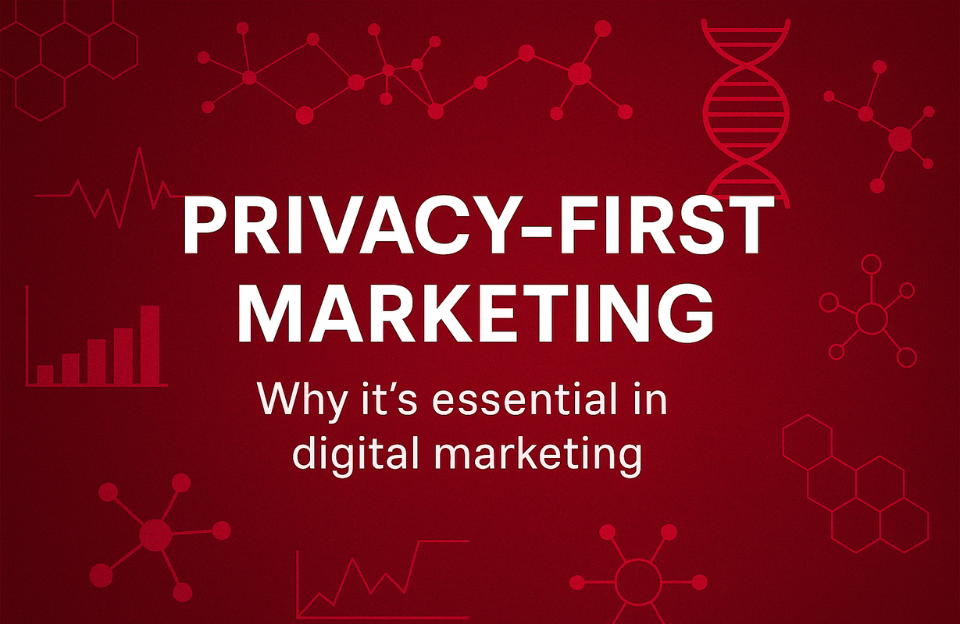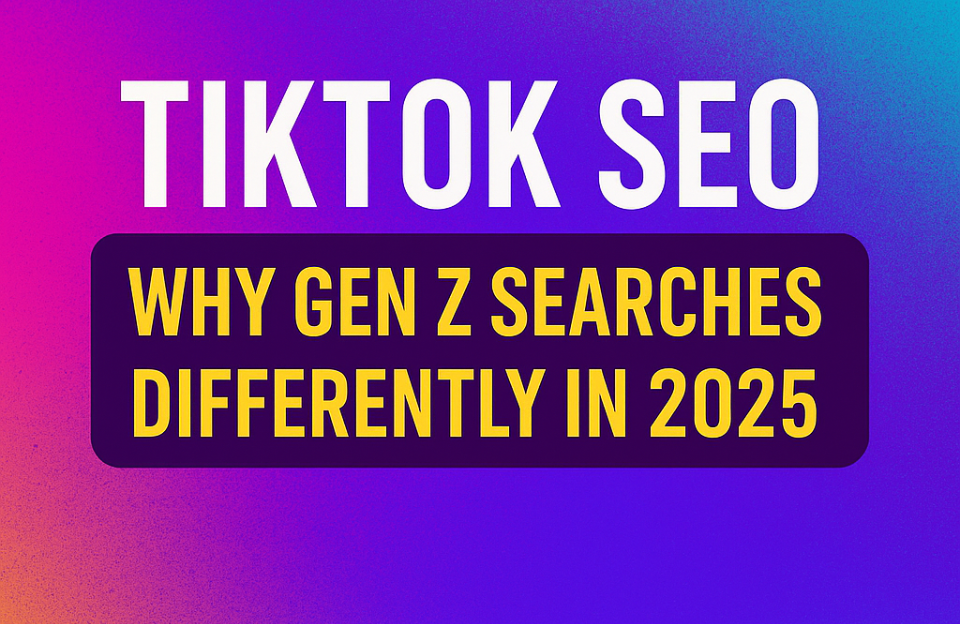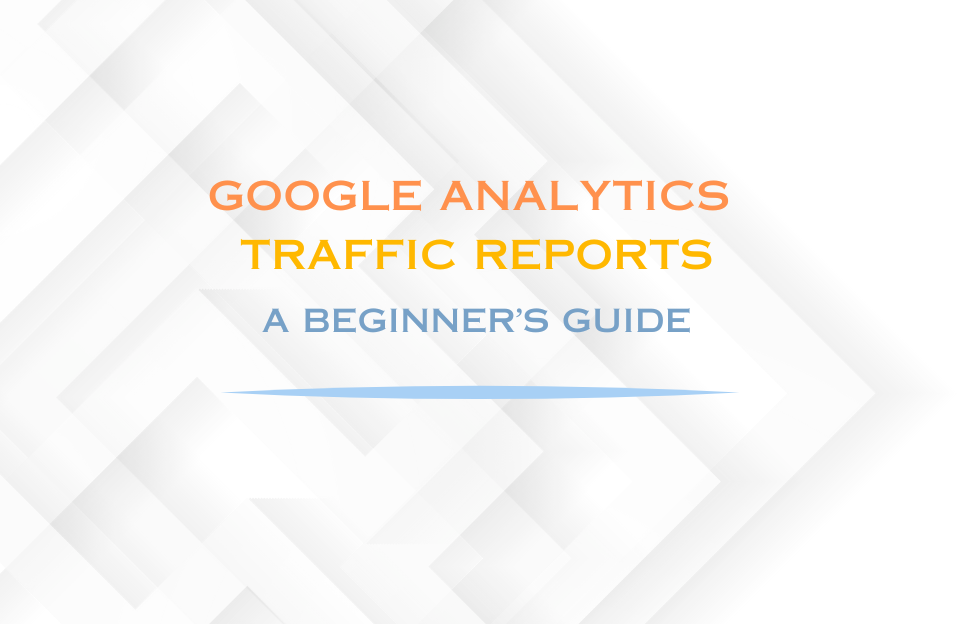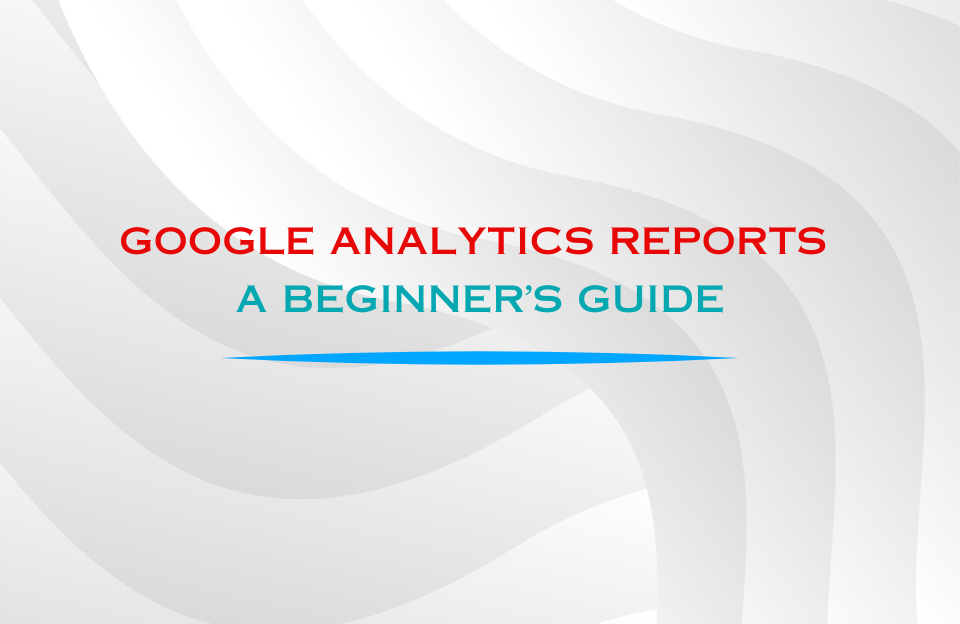What Is Privacy-First Marketing?
Privacy-first marketing is a strategic approach to digital marketing that prioritizes transparency, user consent, and ethical data collection. Rather than relying on invasive third-party tracking or opaque analytics, it puts the individual’s right to privacy at the center of your marketing decisions. In practice, this means collecting and using data only with consent, leveraging first-party data, and investing in privacy-compliant tools and infrastructure.
With major changes in data regulations, browser tracking limitations, and shifting consumer expectations, privacy-first marketing is no longer optional — it’s the new baseline for modern digital strategy.
Why Is Privacy-First Marketing a Growing Trend?
The marketing world is undergoing a transformation. The traditional tactics of aggressive retargeting, third-party cookies, and untransparent tracking are being phased out. Here’s why:
- Third-party cookies are disappearing: Browsers like Safari and Firefox already block third-party cookies by default, and Google Chrome is following suit. This fundamentally changes how user behavior can be tracked across websites.
- Regulations are stricter than ever: Frameworks like the GDPR, CCPA, and the EU’s Digital Markets Act require businesses to obtain and respect consent — and be transparent about how data is used.
- Consumers expect more: A growing percentage of users are privacy-aware and actively use ad blockers, incognito browsers, or reject cookies altogether. Earning their trust requires a different approach.
How to Implement Privacy-First Marketing
Shifting toward privacy-first marketing doesn’t mean giving up performance. Instead, it’s about smarter, more respectful strategies. Here’s how to start:
- Use a Consent Management Platform (CMP): Tools like Cookiebot, OneTrust, or Axeptio help you display proper cookie banners, obtain valid consent, and respect user preferences across sessions.
- Switch to Server-Side Tagging: Using server-side Google Tag Manager (or alternatives like Matomo Tag Manager) gives you more control over what data is collected, when, and where it’s sent — while reducing data leakage and ensuring compliance.
- Embrace first-party data: Collect data directly from your users through newsletters, gated content, purchase behavior, and on-site interactions — all based on explicit consent.
- Segment users ethically: Avoid shady profiling. Instead, build meaningful segments based on behavior within your own ecosystem, not external data.
- Optimize for consent mode: With Google’s Consent Mode v2, you can still track conversions in aggregate — even when users deny marketing cookies — as long as you configure everything correctly.
Tools and Technologies That Support Privacy-First Strategies
There’s an entire ecosystem of privacy-friendly marketing tools emerging. Consider integrating:
- Google Consent Mode v2: Works with Google Ads and Analytics to respect consent choices while enabling modelled conversions.
- Piwik PRO: A GDPR-compliant alternative to Google Analytics, with full control over data storage and user consent.
- Matomo: An open-source analytics platform that emphasizes transparency and privacy.
- Server-side GTM: Helps reduce client-side tracking load and increases control over which tags fire and when.
Benefits of Privacy-First Marketing
Embracing privacy-first marketing has both ethical and strategic upsides:
- Builds trust: Transparency earns user trust, which leads to higher engagement, more loyal customers, and long-term brand equity.
- Future-proofs your marketing: By moving away from cookie-based tracking, you’re prepared for regulatory and technological shifts.
- Improves performance quality: First-party data is often more accurate and relevant than third-party data — leading to better segmentation and personalization.
Challenges You May Face
Transitioning to privacy-first marketing comes with hurdles. You may face reduced data granularity, limitations in retargeting, or technical complexity in server-side setups. However, these challenges are far outweighed by the long-term benefits and user trust you build.
Conclusion
Privacy-first marketing is more than a legal necessity — it’s a strategic advantage. Brands that take data privacy seriously will stand out in a world where users are becoming increasingly protective of their information. By embracing transparency, consent, and ethical tracking, you create marketing that respects your audience — and drives sustainable results.




